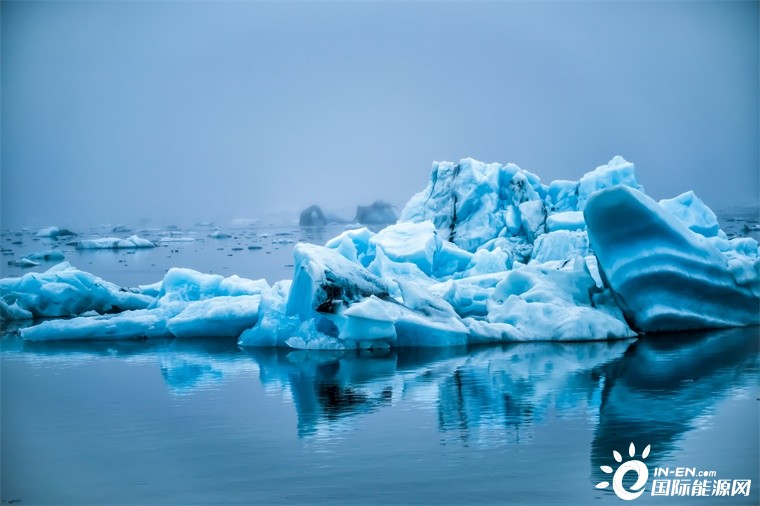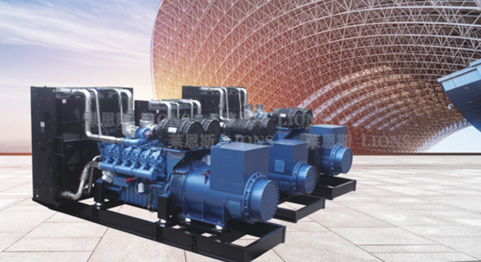Greenland ice sheet has become the largest "dam", generating more electricity than the sum of the world
2022-02-25
The researchers observed that the melting rate at the bottom of the Greenland ice sheet was very high, which was caused by a large amount of molten water falling from the surface to the bottom. With the decline of melt water, energy is converted into heat energy, which is similar to hydropower generated by large dams.

Every summer, with the rise of temperature and sunshine, thousands of meltwater lakes and streams form on the surface of Greenland ice sheet. Many of these lakes soon reached the bottom of the ice sheet and fell through cracks in the ice. Due to the continuous water supply of streams and rivers, the connection between surface and bed often remains open.
An international team of scientists led by the University of Cambridge has found that the effect of molten water falling from the surface of the ice sheet to the ice bed - a kilometer or less - leads to a surprisingly high melting rate at the bottom.
As part of the EU funded responder project, Professor Poul Christoffersen from the Scott Polar Institute at the University of Cambridge has been studying these meltwater lakes: how and why they drain so quickly, and their impact on the overall behavior of the ice sheet as global temperatures continue to rise.
Researchers calculated that in the summer of 2014, up to 82 million cubic meters of molten water were transferred to the riverbed of Stoll glacier every day. They estimate that at the peak of melting, the energy generated by falling water is equivalent to that generated by China's Three Gorges Dam, the world's largest hydropower station. The melting area of Greenland ice sheet expands to nearly 1 million square kilometers in midsummer, and it produces more hydropower than the world's top ten hydropower stations combined.
The study presents the first concrete evidence of the mechanism of ice mass loss, which has not been included in the prediction of global sea level rise. However, the surface water produced by Greenland is huge and growing, and almost all the water is discharged to the bed.
The research paper is entitled "rapid basic melting of the green ice sheet from surface meltwater drainage", which has been published in the journal Proceedings of the National Academy of Sciences.

Every summer, with the rise of temperature and sunshine, thousands of meltwater lakes and streams form on the surface of Greenland ice sheet. Many of these lakes soon reached the bottom of the ice sheet and fell through cracks in the ice. Due to the continuous water supply of streams and rivers, the connection between surface and bed often remains open.
An international team of scientists led by the University of Cambridge has found that the effect of molten water falling from the surface of the ice sheet to the ice bed - a kilometer or less - leads to a surprisingly high melting rate at the bottom.
As part of the EU funded responder project, Professor Poul Christoffersen from the Scott Polar Institute at the University of Cambridge has been studying these meltwater lakes: how and why they drain so quickly, and their impact on the overall behavior of the ice sheet as global temperatures continue to rise.
Researchers calculated that in the summer of 2014, up to 82 million cubic meters of molten water were transferred to the riverbed of Stoll glacier every day. They estimate that at the peak of melting, the energy generated by falling water is equivalent to that generated by China's Three Gorges Dam, the world's largest hydropower station. The melting area of Greenland ice sheet expands to nearly 1 million square kilometers in midsummer, and it produces more hydropower than the world's top ten hydropower stations combined.
The study presents the first concrete evidence of the mechanism of ice mass loss, which has not been included in the prediction of global sea level rise. However, the surface water produced by Greenland is huge and growing, and almost all the water is discharged to the bed.
The research paper is entitled "rapid basic melting of the green ice sheet from surface meltwater drainage", which has been published in the journal Proceedings of the National Academy of Sciences.
Source: International Energy Network










